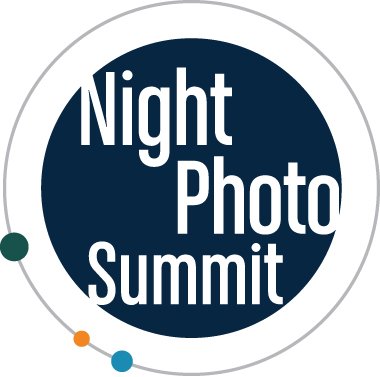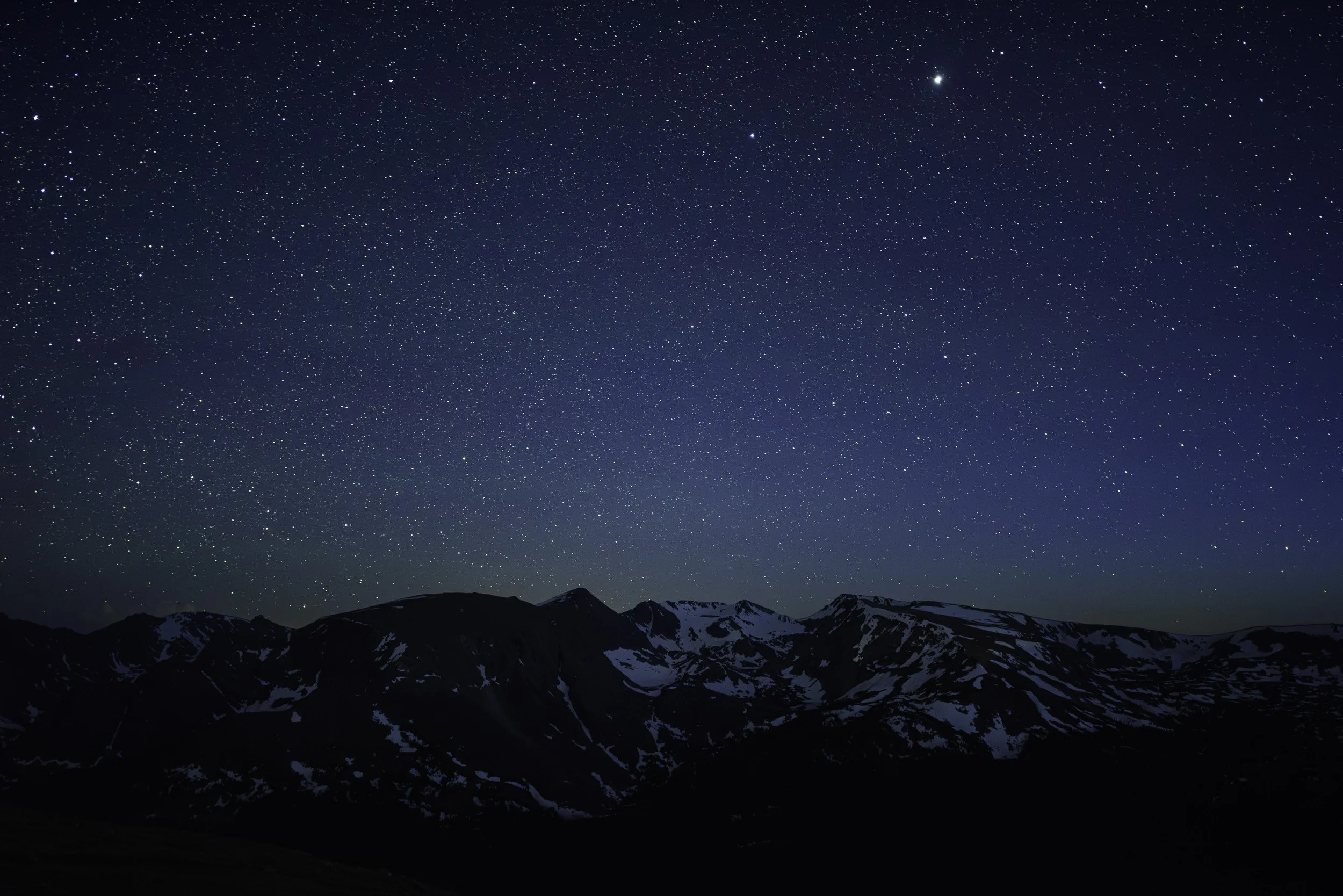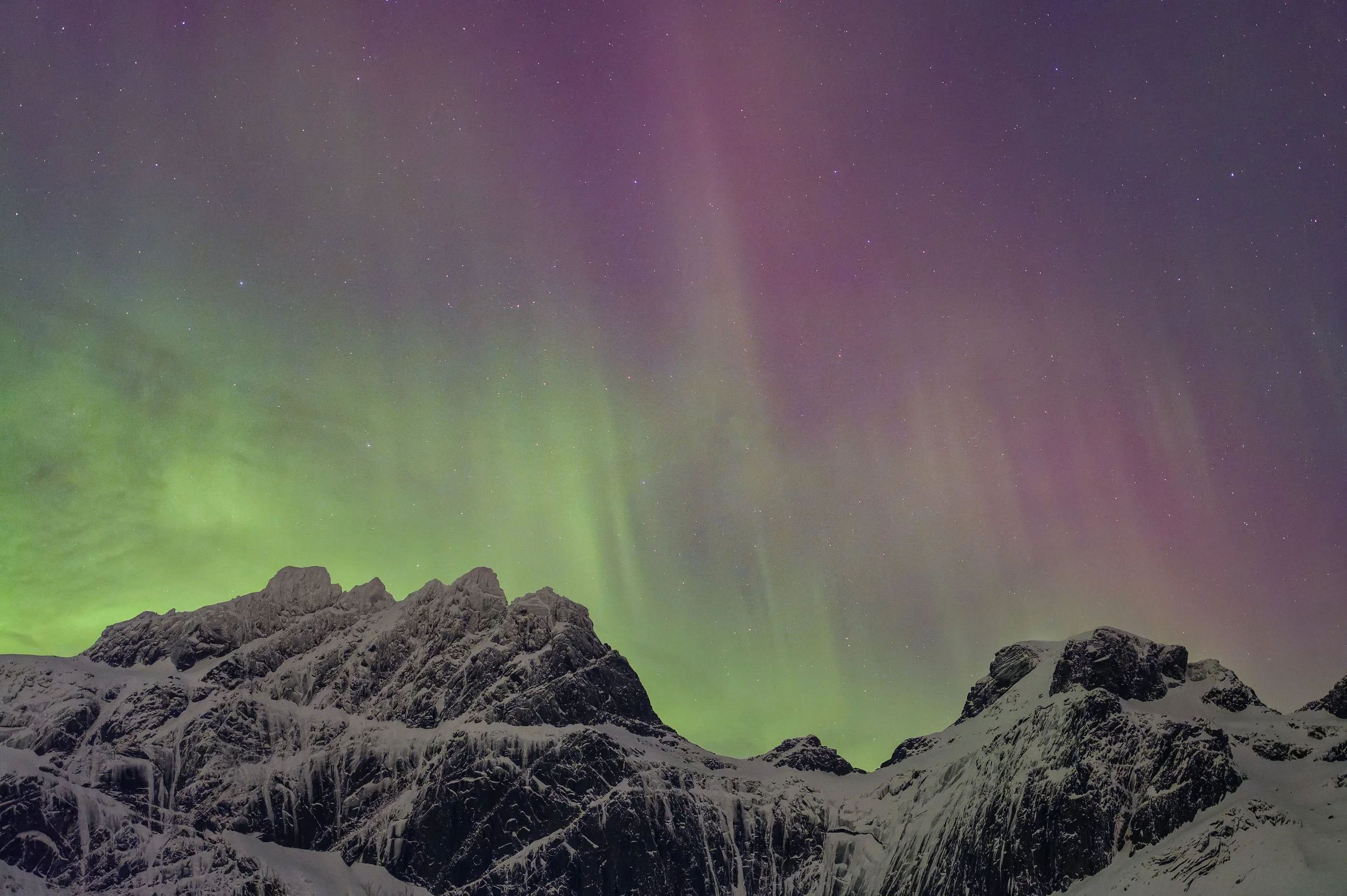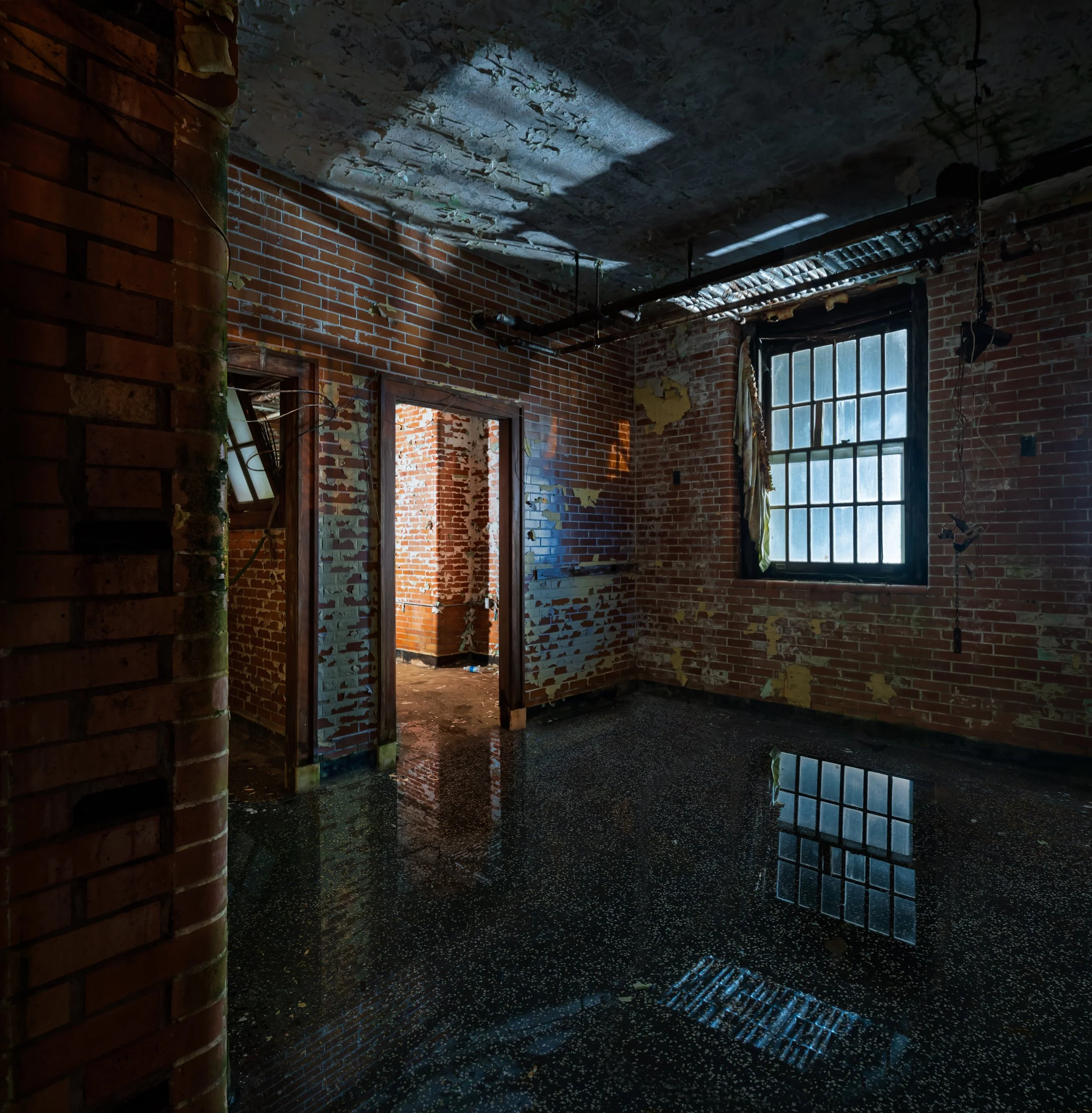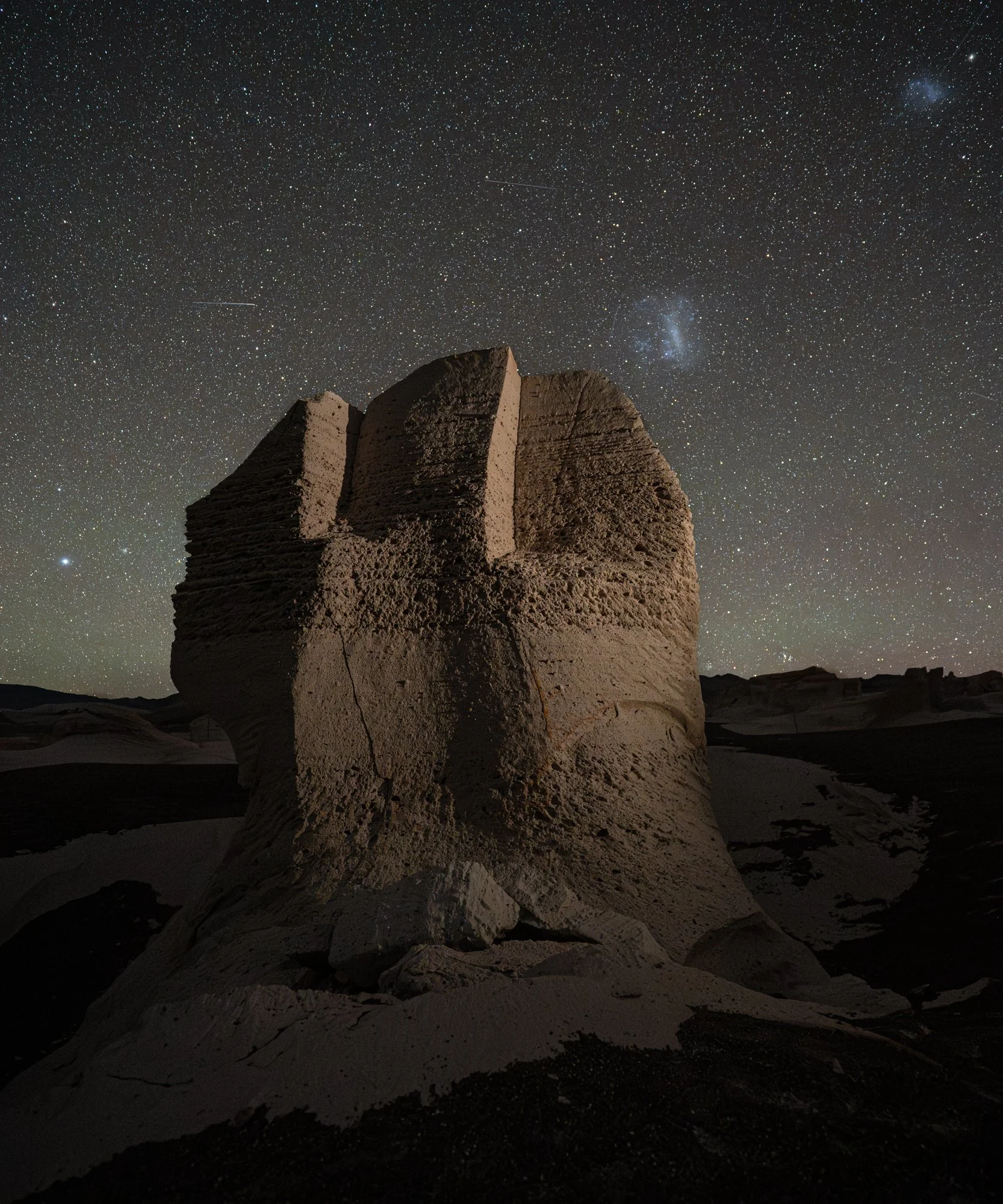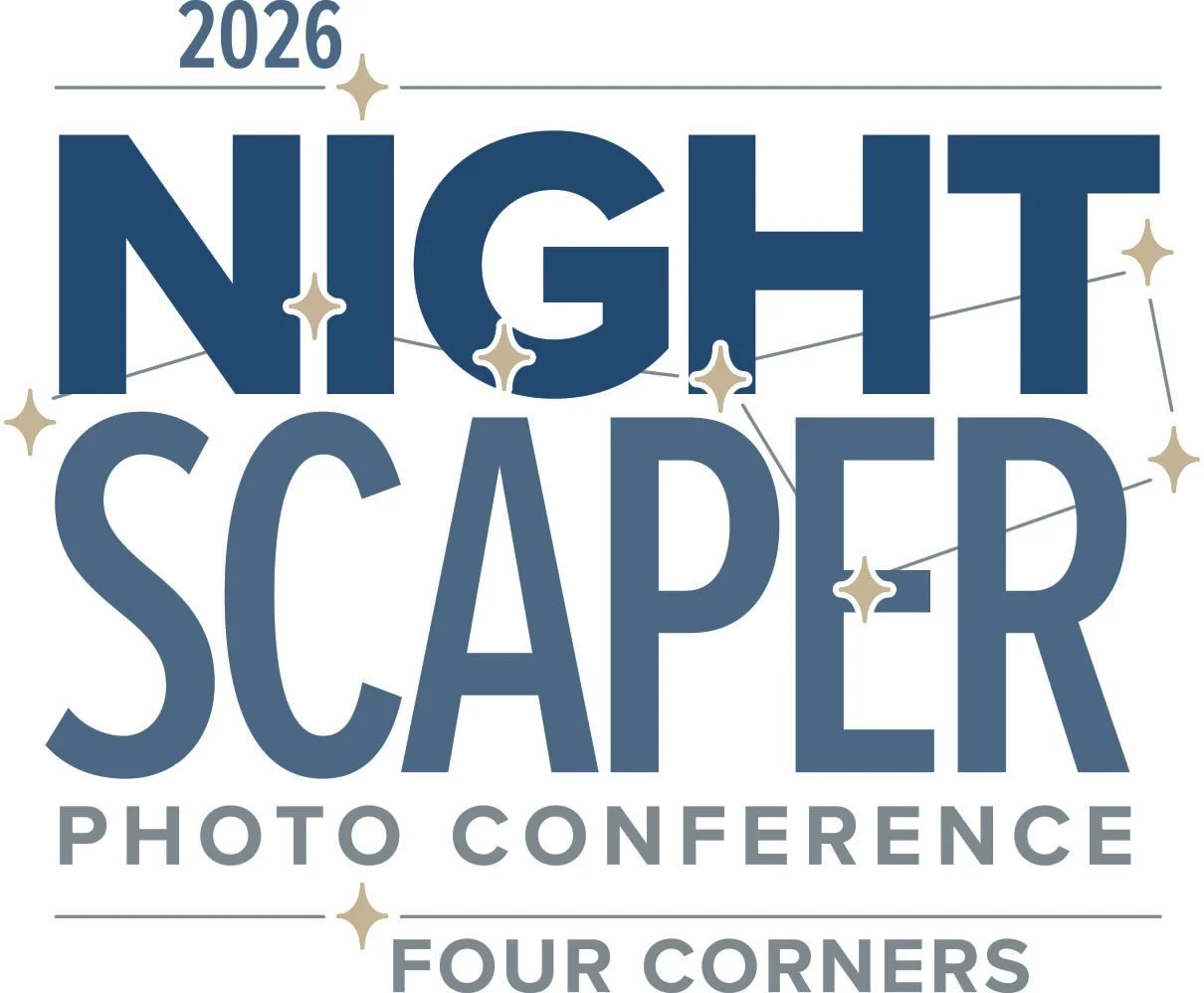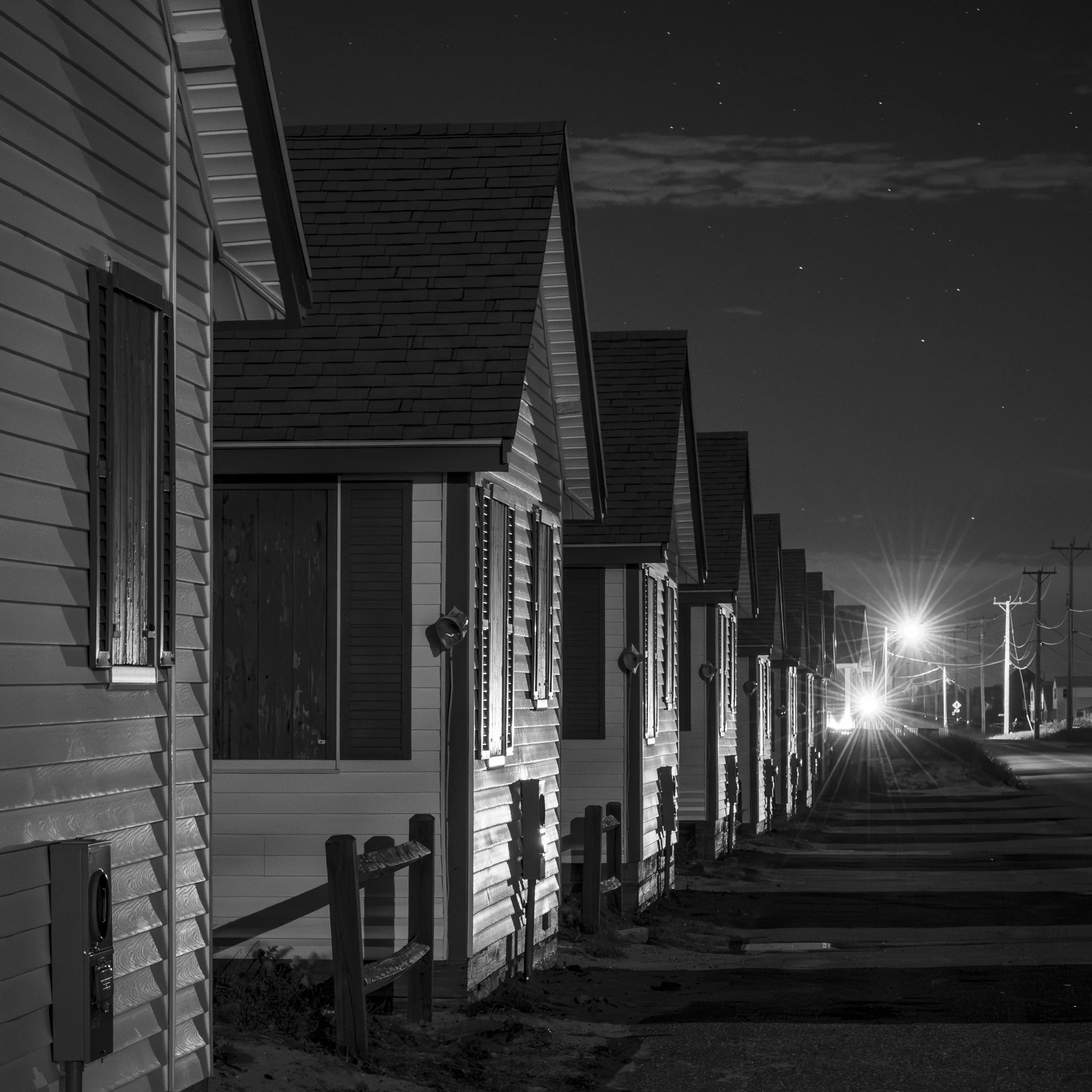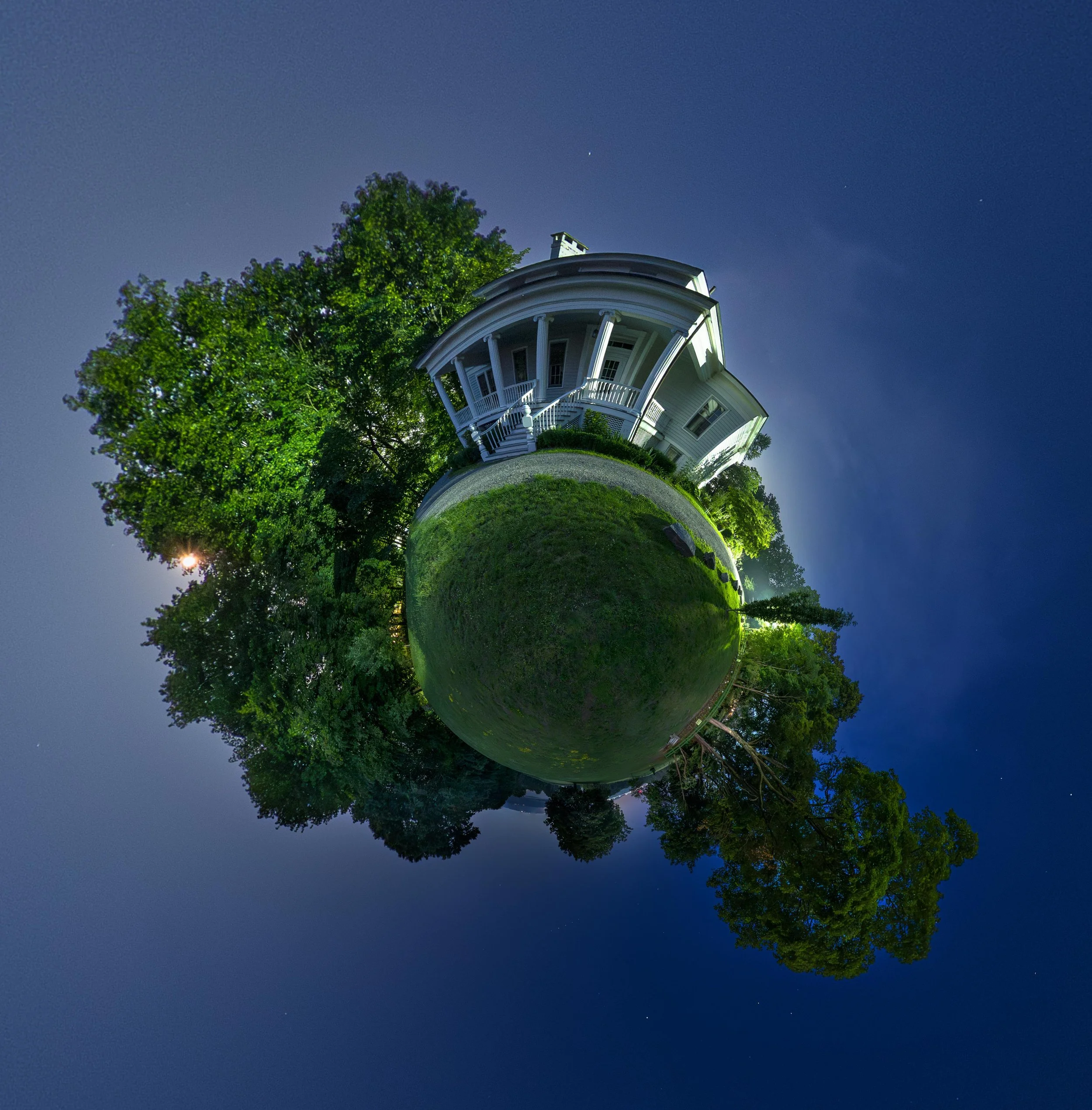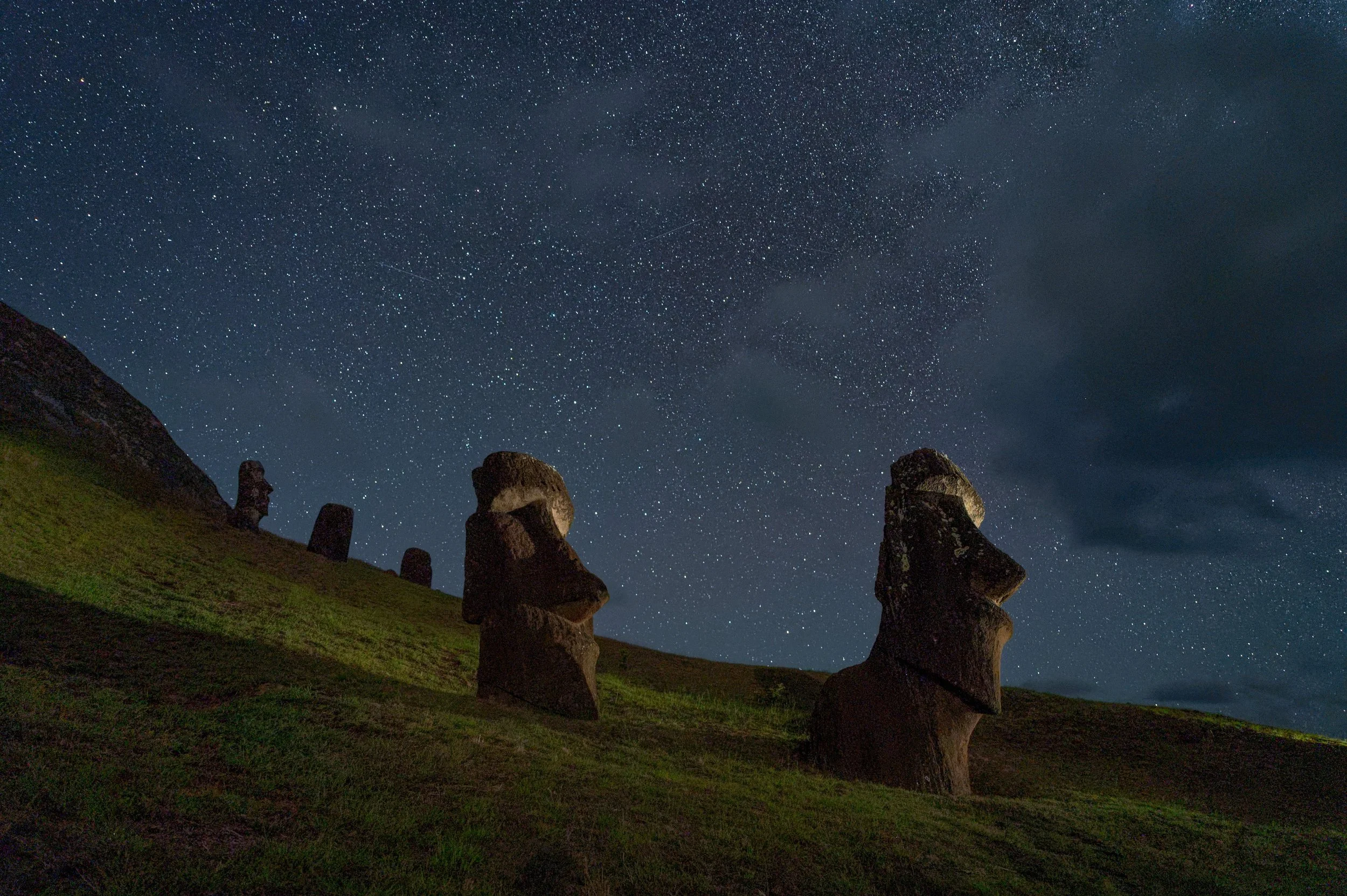One of the biggest challenges of night photography can be simply finding your way in the dark. In the age of astro-landscape photography, navigating in unfamiliar territory under a new moon can be difficult, and sometimes just plain dangerous. Choosing the right light source is critical to the comfort and success of your photographic outing, for finding your footing, for setting up and adjusting your camera, and also for not ruining the experience of those you are photographing with.
Death Valley National Park. Photographers using red lights for light painting, walking around and focusing. This behind-the-scenes shot was a happy accident!
Seeing at Night
It’s tempting to use the brightest light you have to see where you’re going. But it’s actually better to forego the light whenever possible and let your eyes adjust to the darkness. Doing so lets you see the overall environment rather than just a garishly illuminated swath of light surrounded by a sea of black.
Ten to 15 minutes is enough time for most people’s eyes to adapt in order to walk around by starlight without a light. You might be surprised to know that it’s possible to drive by the light of the full moon if your eyes are fully dark-adapted! It’s quite an experience to be able to see the entire landscape at night while driving with the lights off. I’m not suggesting that you try this yourself, but I’ve done it out in the desert many times. It just goes to show how little light is needed in order to see.
This past winter Chris Nicholson was able to drive in Everglades National Park without headlights—just the moonlight over the landscape was plenty to light the way. Photo by Chris Nicholson.
Do Unto Others …
Another consideration when working with other photographers is that your light may adversely affect your colleagues’ images. It’s easy to forget that your light is on and walk into someone else’s photo, leaving a trail of light where it isn’t wanted.
Or, if you are working in close proximity to others, shining a light on your camera to make adjustments before an exposure might accidentally light paint someone else’s foreground. Even the red lights on the back of some cameras or intervalometers can be enough to cause problems at high ISOs, and I recommend putting a piece of gaffer tape over them to prevent accidents. If you rely on the on camera or intervalometer light to help find your camera in the dark, make sure the light faces away from the scene you are photographing.
Night-Vision Tools
Some people will always need to use a light to get around, either due to low vision, balance issues or simply being afraid of the dark. That’s OK—I’m here to offer some solutions and guidelines for Finding Your Way In The Dark. (After all, I wrote the book on the subject!)
A time-lapse of a group of photographers at Olympic National Park. That’s a lot of light! Photo by Matt Hill.
Headlights
Many people use headlamps for hands-free convenience in the field, but after about the 7,000th time a student approached me to ask a question with their headlight shining in my face, I’ve banned them from my workshops.
Besides, a headlamp on your head has more or less the same effect as a headlight on your car–– it lights the path in front of you quite well, but you won’t see a thing outside the beam of the headlight. That makes it difficult to visualize your images, and to understand the terrain you have to work with.
If you do use a headlight (on your own outings), look for one with multiple brightness settings, a variable angle beam and a red light option. Our recommendation is the Coast FL75r. It has all of the features mentioned, and it’s rechargeable!
Red Lights
Another popular option (mentioned above) is to use a red light to help preserve night vision. Astronomers have long used red flashlights in the observatory or in the field for this purpose, and it does help to preserve dark adaptation.
However, there are a number of downsides to using a red light. The highly saturated color of red LED lights tends to “bleed” into photographs in ways that are not desirable. Using a red light to get from point A to B is fine on flat ground, but can be downright dangerous on uneven ground because the red light severely limits your depth perception, as Gabe and I were recently reminded of while scrambling over the rock formations in Joshua Tree National Park.
Notice how the red light “bleeds” into the area surrounding these photographers at Great Sand Dunes National Park. Photo by Matt Hill.
Multi-Brightness Lights
Many flashlights these days have a variety of brightness settings from dim to super bright. Variable brightness comes in handy, as different jobs require different intensities.
Unfortunately, most flashlights default to the brightest setting, meaning that you have to click through the various options to find the one you want, often blasting your retinas with 600 lumens in the process. If you do use a flashlight with multiple brightness options, look for one that remembers the last used setting when next you turn it on—or, even better, one that lets you program your favorite settings. (The FourSevens Quark lights do just that, but are temporarily unavailable as of this writing.)
Using an overly bright flashlight for focusing at Key’s Ranch in Joshua Tree National Park. This is a good way to knock out your dark adapted eyes for a good 20 minutes!
No Lights
If you have the luxury of time to wait for your eyes to dark adapt, you have good eyesight and you’re traveling on level ground, I suggest trying to work without a flashlight except for light painting. It can take some to get used to, but is really quite enjoyable once you do.
Of course, it helps to memorize the key buttons on your camera–– exposure controls, info, image review, live view and magnify. Some cameras—like the Nikon D500, D5 and D850—have illuminated buttons, and the Pentax K1 has onboard LED lights in a few locations to illuminate the camera controls. If we’re lucky, these features will become more common on future cameras.
Dim Lights
Perhaps the best option for most people is to find an exceptionally dim flashlight to use both for moving around and for adjusting your camera or finding things in your bag. I have found that a dim white light is just as good as a red light for preserving night vision, and is easier to work with.
Just as we adjust the brightness of our camera LCDs to match ambient light levels, we should do the same with our flashlights. The challenge is that flashlight manufacturers generally produce the brightest lights they can. There’s been a “lumen war” with flashlights that parallels the megapixel war between camera manufacturers. An easy solution that’s already in your pocket is to use the lock screen or home screen on your phone. It has an adjustable brightness level and should be adequate for most situations. A single AAA cell Mini Maglite is another option.
DIY Dim Lights
Regular readers of this blog will know that we are big fans of Coast flashlights, and since our first season, our workshop students have received free HP1 flashlights compliments of Coast. It’s a great little light, and quite bright for its size.
Last fall, I was having a conversation with our Coast representative about the difficulty of finding a light that was dim enough for the purposes mentioned above, and he told me about a new model we might be interested in, the G9. It’s tiny, uses a single AAA battery and has a relatively dim, fixed beam. He sent me a sample, and with a quick and easy hack it turns out to be perfectly suited for illuminating your camera or the inside of your bag without ruining your night vision. I’m pleased to say that this year, our workshop participants will all receive a Coast G9 flashlight.
Now about that hack I mentioned: Unscrew the headpiece, place a bit of tissue or toilet paper behind the bezel, then screw the headpiece back on. The result is a soft, dim light that’s perfect for astro-landscape photography uses in dark sky environments. It’s also possible to add color-correcting gels while you have it open, if you prefer a warm light to the native daylight balance of the light. (Tim wrote a blog post about color-correcting flashlights last year.)
Most modern flashlights don’t allow you to add diffusion behind the bezel, but you could always reduce the brightness of a flashlight with tissue or neutral density filters taped to the front of the light; it’s just not as convenient.
In Conclusion
No matter how you light it, safety should be your first concern. If you need a brighter light to get around, by all means use one. Night photographers have been known to get themselves into questionable situations to get the shot, be it at the edge of a cliff, balanced on a rock ledge, or sneaking into condemned buildings full of broken glass and rusty metal.
Even if you’re sticking to level ground, being prepared with the right light for the situation will make your experience better in the end. Be safe, and be mindful of those around you when working with flashlights in group situations.
I challenge you to Seize The Night and Find Your Way In The Dark!



